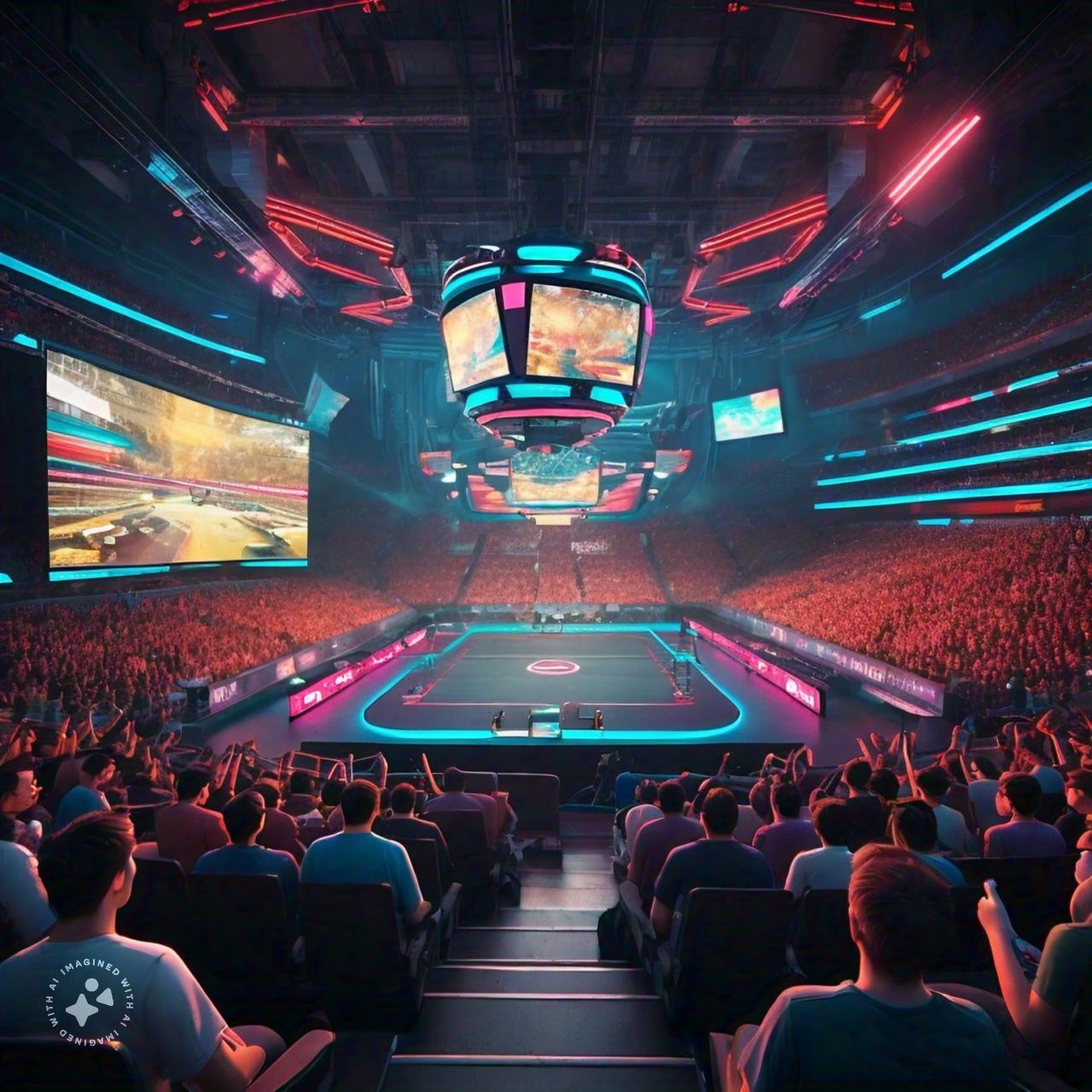The Evolution of Streaming Services From Early Innovations to Industry Dominance Leave a comment
Streaming services have transformed the way we consume media for revolutionizing the entertainment landscape. From their humble beginnings in the early 2000s to becoming a dominant force in today’s digital age the streaming platforms have reshaped both content distribution and viewer habits. This article helps you to better understand the evolution of streaming services for tracing their history and technological advancements or impact on the entertainment industry.
Early Beginnings: Concept to Reality (1990-2000)
The concept of streaming media began as a proof of concept in the 1990s. Companies like Real Networks and Microsoft were pioneers in this space are experimenting with streaming technologies that allowed audio and video content to be delivered over the internet. These early efforts faced numerous technical challenges including limited bandwidth and buffering issues. Despite these hurdles the foundation was laid for future innovations.
The Era of Flash and RTMP (2001-2010)
The early 2000s marked a significant turning point with the advent of Flash technology and the RTMP (Real-Time Messaging Protocol). This era saw the rise of platforms like YouTube which was founded in 2005 and quickly became the first popular video streaming site. YouTube user generated content model and ease of access spurred tremendous growth for making streaming more mainstream.
Around the same time Netflix transitioned from a DVD rental service to a streaming platform. In 2007 Netflix introduced its video on demand service allowing subscribers to stream movies and TV shows directly to their devices. This move was pivotal in shaping the future of streaming services setting a precedent for other companies to follow.
Expansion and Competition (2011-2019)
The period from 2011 to 2019 witnessed an explosion in the number of streaming platforms available to consumers. Services like Amazon Prime Video, Hulu, and HBO Now entered the market offering unique content and features. The competition intensified leading to what many referred to as the “streaming wars.”
One of the significant developments during this time was the rise of exclusive content. Streaming platforms began investing heavily in original programming to differentiate themselves from competitors. Netflix in particular saw success with original series like “House of Cards” and “Stranger Things” which garnered critical acclaim and attracted millions of viewers.
Live broadcasting also gained traction during this period. Platforms such as Twitch and YouTube Live enabled users to stream live events, gaming sessions and personal broadcasts to global audiences. This shift towards live content further diversified the types of media available via streaming.
Technological Advancements and User Experience
Technological advancements played a crucial role in the evolution of streaming services. Improved internet speeds the proliferation of smart devices, and enhancements in video compression technology all contributed to a better user experience. High definition (HD) and ultra high definition (UHD) content became more accessible and providing viewers with superior picture quality.
Moreover, the development of adaptive bitrate streaming allowed for seamless playback across different devices and varying internet conditions. This technology dynamically adjusted the quality of the video stream based on the viewer’s bandwidth to reduce buffering and ensuring a smooth viewing experience.
Impact on Traditional Media
The rise of streaming services has had a profound impact on traditional media industries. Cable television subscriptions have seen a steady decline as more consumers opt for the flexibility and convenience of streaming platforms. This shift has forced traditional media companies to adapt with many launching their own streaming services to stay competitive.
Additionally, the film industry has been affected by the rise of streaming. Major studios now release films directly on streaming platforms for bypassing traditional theatrical releases. This trend was accelerated by the COVID-19 pandemic when theaters were closed and studios sought alternative distribution methods.
The Global Reach of Streaming
Streaming services have not only changed viewing habits in the United States but also have a global reach. Platforms like Netflix and Amazon Prime Video are available in multiple countries offering localized content to cater to diverse audiences. This globalization has democratized access to entertainment which allow people from different parts of the world to enjoy a wide array of content.
Furthermore, regional streaming services have emerged to serve specific markets. For example Hotstar (now Disney+ Hotstar) in India and iQIYI in China have gained substantial user bases by providing content tailored to local tastes and preferences.
Future Trends and Innovations
As we look to the future the evolution of streaming services shows no signs of slowing down. Several trends and innovations are expected to shape the next phase of this industry.
Artificial Intelligence and Personalization
AI driven algorithms are already being used to recommend content to users based on their viewing history. In the future, these recommendation systems are likely to become even more sophisticated and providing highly personalized viewing experiences.
Interactive Content
The success of interactive content like “Black Mirror Bandersnatch” suggests that viewers are interested in more immersive and participatory viewing experiences. We can expect to see more interactive films and series that allow viewers to influence the storyline.
Integration with Social Media
Streaming platforms are increasingly integrating with social media to enhance user engagement. Features that allow viewers to share what they’re watching comment on episodes and connect with other fans are likely to become more prevalent.
Virtual and Augmented Reality
The use of virtual reality (VR) and augmented reality (AR) in streaming is still in its nascent stages but it holds great potential. VR streaming can provide immersive viewing experiences while AR can offer supplementary information and interactive elements.
Sustainability and Green Streaming
As streaming continues to grow so does its environmental impact. The industry is beginning to address sustainability concerns by optimizing data centers, using renewable energy sources and developing more efficient streaming technologies.
Conclusion
The evolution of streaming services has been marked by rapid technological advancements, fierce competition and changing consumer preferences. From the early days of experimental streaming to the current landscape dominated by major platforms. The streaming has redefined how we consume media. As technology continues to advance and new trends emerge the future of streaming promises to be even more exciting and transformative.
Streaming services have not only altered the entertainment industry but have also influenced our daily lives for making high quality content more accessible than ever before. As we continue to witness the growth and innovation in this space one thing is certain while streaming is here to stay and its impact will be felt for years to come.

om Crew, an expert in entertainment, brings extensive expertise and experience to his writing. As a distinguished author, he offers readers captivating insights and behind-the-scenes looks, blending his deep industry knowledge with engaging narratives that entertain and inform.



















